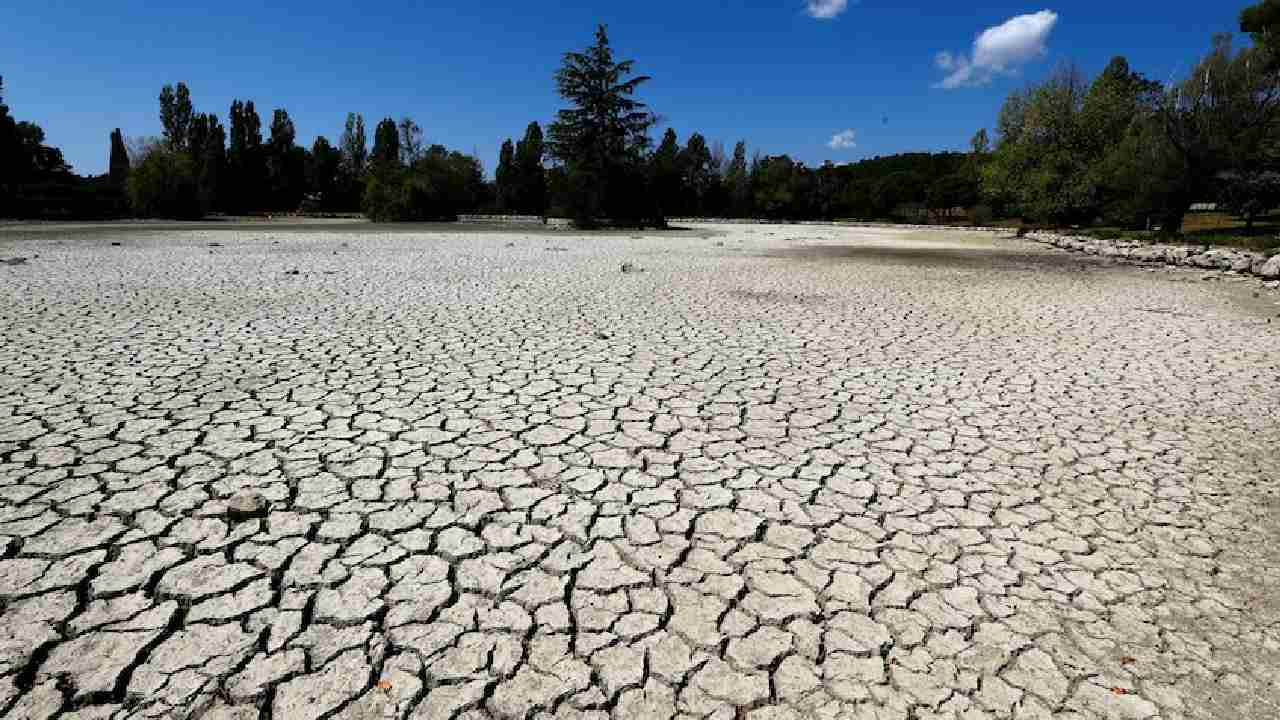Europe is facing its worst drought in at least 500 years, an EU Agency said Tuesday, with two-thirds of the continent on high alert or warning, reducing inland navigation, power generation and some agricultural yields.
An August report from the European Drought Observatory (EDO), overseen by the European Commission, states that 47% of Europe is on high alert with soil moisture deficits and 17% is on high alert with affected vegetation.
“The severe drought affecting much of Europe has extended since the start of the year and worsened since early August,” the report said, adding that severe drought is likely in western Europe and the Mediterranean region. It will likely be drier than normal until November. ,
Much of Europe has experienced weeks of scorching heat this summer, worsening drought conditions, raging wildfires, issuing health warnings and taking more action to combat climate change.
The current drought appears to be the worst in at least 500 years, the commission said in a statement, adding that final figures at the end of the season confirm initial assessments.
Summer crops have suffered, with grain corn yields in 2022 16% below the previous five-year average, and soybean and sunflower yields down 15% and 12%, respectively.
Hydropower generation has been affected, with a wider impact on other power producers, due to a lack of water to power the cooling system.
Low water levels hamper inland navigation, such as along the Rhine, affecting coal and oil transport with low sea loads.
The EDO said rains in mid-August may have eased the situation somewhat, but thunderstorms have caused more damage in some cases.
The observatory’s drought index is derived from measurements of precipitation, soil moisture, and the fraction of solar radiation absorbed by plants for photosynthesis.


























